Top image: Pexels/Greta Hoffman
We know the script by now. Climate change is very much real; the ice caps have melted; sea levels are rising; food is going scarce; cows are flying and it’s probably Dr Strange’s fault (what with him messing up the fabric of reality and all).
While Singapore seems like it’s safely sheltered away from the bigger effects of climate change, it’s not exactly something we can brush off our minds. Climate change affects everyone, and everyone has a part to play in reversing it.
As a small country, it might seem futile for Singapore to even begin trying. After all, what kind of impact can a country as small as Singapore make? The answer: every little bit makes a difference. And facilitating that change is the Green Plan 2030.
The Great Plan For Great Things
The Singapore Green Plan 2030, or the Green Plan (or the Great Plan), is a national roadmap with ambitious yet concrete targets which will position Singapore to achieve net-zero emissions as soon as possible.
Simply put, it’s a nationwide movement towards a greener future by 2030 through sustainable development. Over the next 10 years, Singapore will work towards fulfilling its commitments to the UN’s 2030 Sustainable Development Agenda and Paris Agreement — mostly so we don’t have to watch everything we’ve worked for literally sink beneath the rising sea levels.
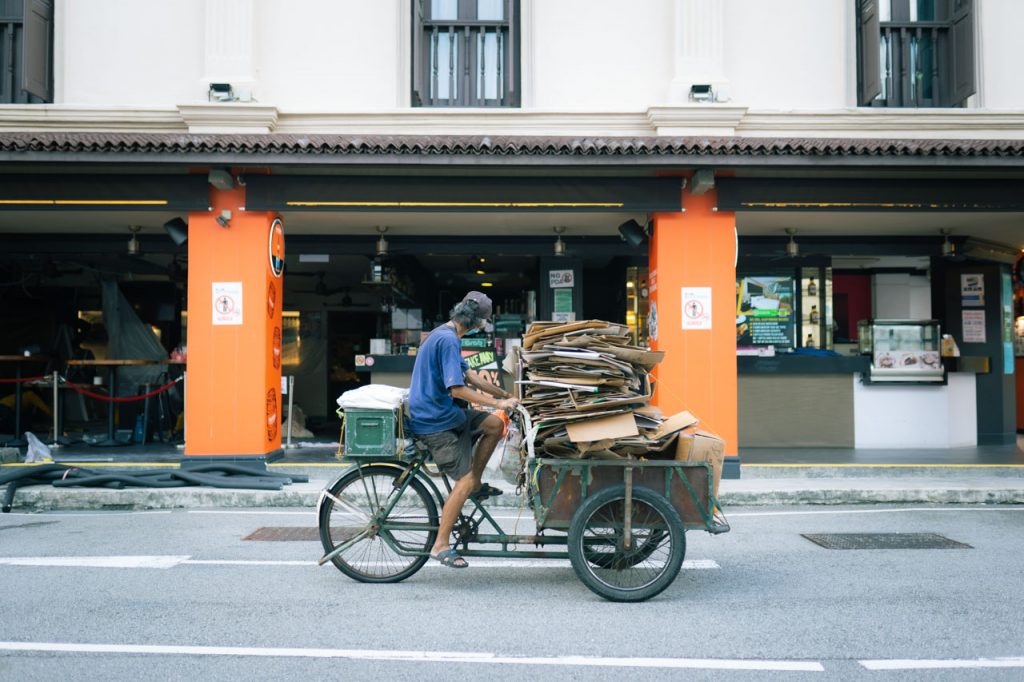
The Green Plan is organised according to five key pillars:
1. City in Nature: In order to create a green, liveable and sustainable home for Singaporeans, Singapore aims to infuse greenery into the living environment, thus transforming itself into a City in Nature. Initiatives under this pillar include expanding and improving existing green spaces — parks, gardens and forests – and planting more trees.
2. Energy Reset: In a way, this pillar aims to reboot the sources of energy we use by switching to cleaner energy sources — think driving electric vehicles instead of regular gasoline ones — as well as to increase energy efficiency. This helps lower the carbon footprint across the different sectors and reduce overall energy consumption by more than 8 million megawatt-hours per year.
3. Sustainable Living: In order to reduce carbon emissions, keeping the environment clean and saving resources as a way of life in Singapore, this pillar aims to encourage Singaporeans to adopt green habits by inculcating environmental consciousness through education.
4. Green Economy: While greening the country, why not take the opportunity to leverage on the growth to create new jobs? By transforming Singapore into a carbon trading and service hub, the country would attract more business opportunities in sectors such as green finance, sustainability consultancy, verification, credit trading and risk management.
5. Resilient Future: Most pressing of all, perhaps, is building up Singapore’s climate resilience and enhancing food security. Climate change has already begun — if the increase in freak flash floods is anything to go by — and efforts have to be made to preserve our way of life.
In order to achieve the goals set out within these pillars, the government has taken the lead through a GreenGov.SG initiative. Still, it’s not a plan that can be carried out by the government alone — but one where every individual action would make a collective difference.
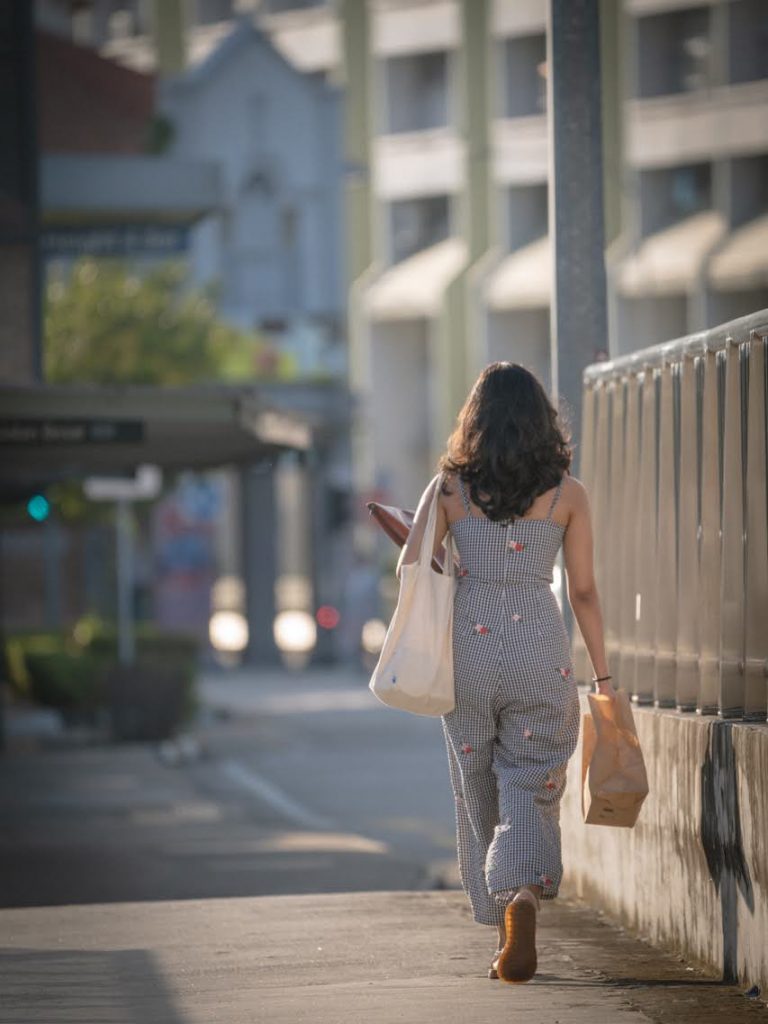
The Small But Mighties
Singapore’s youths are ambitious, exceptional and, in a way, the nation’s hope for the future. Despite still being in university, the participants of the Singapore Green Plan Youth 2030 Conversation were brimming with mature brilliance as they discussed the different goals set under the different pillars.
Not only were they very well aware of the problems the Green Plan hopes to tackle (contrary to the well-worn narrative that the young’uns don’t care about anything but themselves), but their eagle eyes were quick to spot the potential challenges along the way. Of course, they already have multiple possible solutions.
You can’t talk the talk without walking the walk, and these students are way ahead of the curve when it comes to green habits. Though small, their actions have already caused a ripple effect in their individual communities.
One shared how, by bringing reusable lunch boxes for her internship colleagues, she eventually managed to encourage them to make a habit of bringing their own. Another made it a point to ditch all forms of motor transportation altogether. Instead, he cycles to and fro school every day.
How Much is Good Enough?
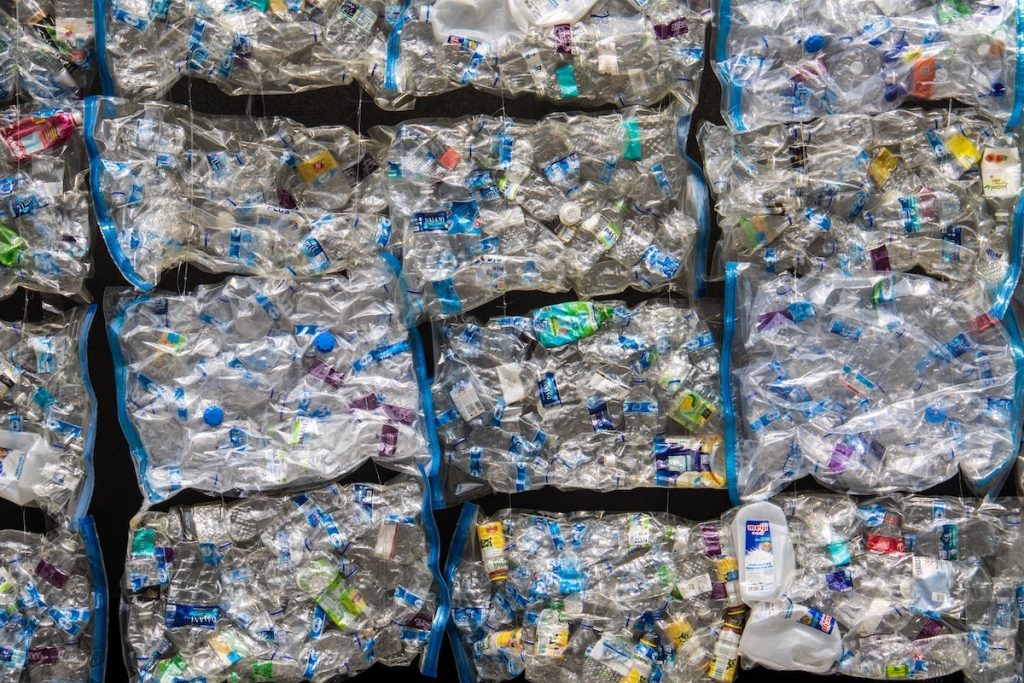
As Singaporeans, it’s only natural that we strive towards perfection. It is what makes us Singaporeans, after all. So when the participants looked at the targets listed under the Green Plan 2030, they instantly said more could be done.
Today’s youths believe everyone — the everyday joes, companies, and the government — are all stakeholders in Singapore’s future. As such, everyone has a part to play, and the roles are clearly defined.
Let’s talk about what we as individuals can do. According to these youths, the easiest and most effective starting point is to simply commit to adopting green habits. Opting to bring our own reusable metal straw or lunch box might have gotten us some scoffs at the start, but this effort pays dividends in the long run.
As it is, the surge in takeaway and delivery meals during the Circuit Breaker in 2020 resulted in an additional 1,334 tonnes of plastic within those two months. To put that into perspective, that’s equivalent to the weight of 92 double-decker buses.
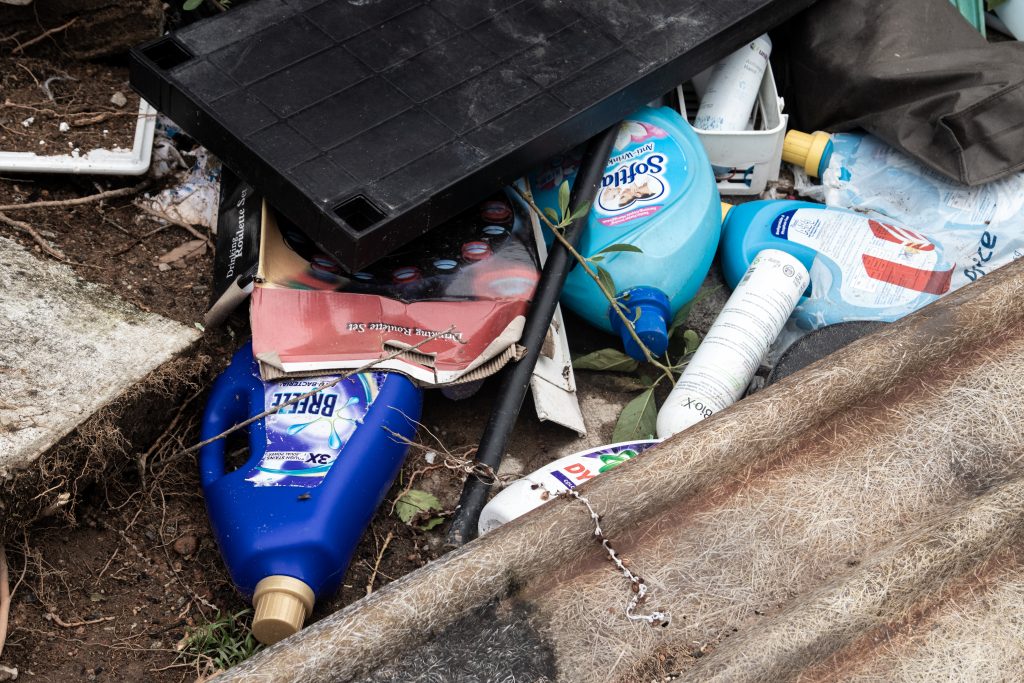
Other smaller, unassuming changes we can make include changing our diet — either by reducing our consumption of meat or choosing less carbon-intensive meats. Meat products have a higher carbon footprint per calorie, compared to those of grain and plant products. And it doesn’t help that ruminants, such as cattle, produce tons of methane when they, uh, fart.
A participant pointed out how choosing to eat chicken instead of beef already vastly reduces one’s carbon footprint.
“If one eats chicken rather than beef, that’s one-tenth to one fifth the carbon emissions over the life cycle of that cow versus the chicken,” he explained. “In Singapore, we eat mostly chicken, but the consumption of beef is growing.”
“And that’s something most people are unaware of. The fact is there is very little literacy, just because our education system hasn’t been geared towards teaching what actions can be taken that will push us towards a greener and more sustainable lifestyle.”
His sentiment echoes across the different discussions during the conference: Education is necessary to rewire our way of thinking.
Change Starts With Education
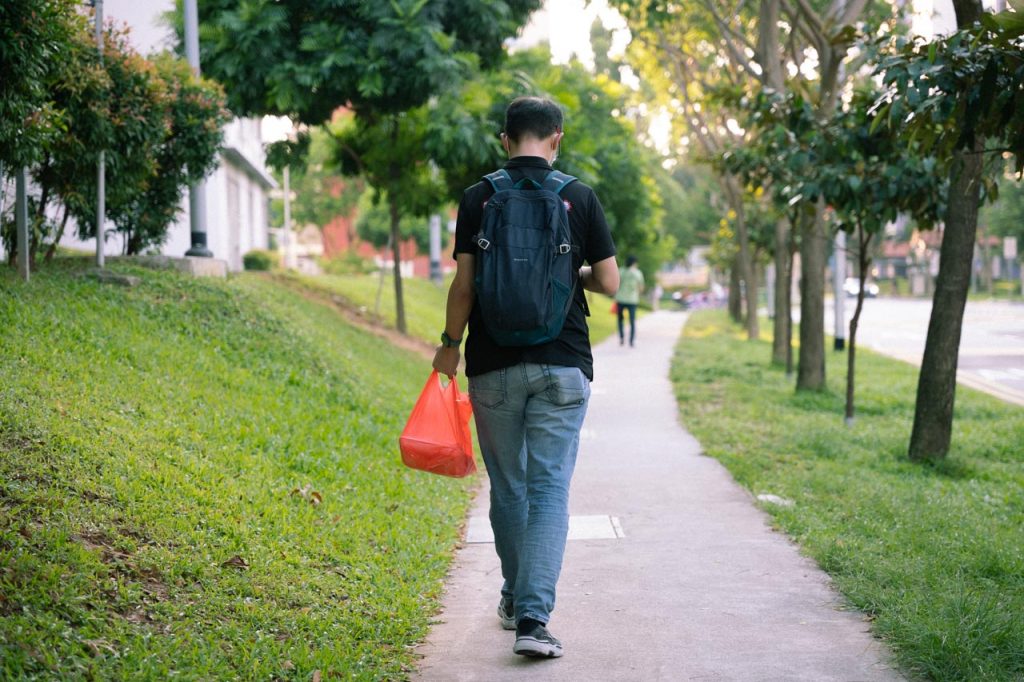
Eco-friendly food and items are so damn expensive — or so we’re accustomed to thinking. Who would spend $10 on a plate of chicken rice that’s made with meat substitute when regular chicken rice costs only $4 (or $2, if you’re buying from Ananas)?
Cost, as it is, is an abstract concept that doesn’t reflect reality all that well. When we compare the cost of actual chicken to chicken substitute, we only look at the immediate value of the item and fail to account for the price that comes with the environmental damage that was a result of rearing that chicken. The cost of that $4 chicken rice doesn’t include the overheads ‘destroyed a plot of land to build a barn’.
Another participant puts it more elegantly: “In today’s economy, we have prices wrong. Natural resources are often perceived as coming in infinite quantities at a very low price. All these prices that are guiding these decisions as to what to buy, what to do, they’re not placing enough value on the fact that these resources are finite.”
“We use resources as if they’re infinite, as if it won’t leave an impact on tomorrow. These resources have to be priced higher because they’re finite. Then when you look at it, the environmental investment won’t be expensive relative to the status quo.”
That’s where the government comes in to carry out nationwide education and discipline for regular folks. Kind of like how everyone was educated on the importance of returning our trays, and how a fine was imposed to get through to the particularly stubborn ones.
Participants also suggested letting citizens be more involved in the decision-making processes regarding how green spaces are used, giving citizens an opportunity to buy into the sense of responsibility for their homes.
Money Talks

Despite nihilistic sentiments that they can’t do much, Millennials and Gen Zs have the power to shape the future of retail.
Reports estimate that Gen Zs have a spending power worth $14b globally, and may form 40 per cent of all shoppers in Singapore by the end of 2020. Youths are the targets of businesses and in order to win their money, businesses must adapt to their demands.
In order to cater to the concerns of today’s youths, many fashion retailers, like Esse and Eco Staples, are focusing on providing Singaporeans with slow and sustainable fashion as an antithesis to fast and disposable fashion. The Green Collective, a socially-conscious retailer, is a collection of over 40 small sustainable businesses which provide a variety of sustainable gems such as shoes made from recycled materials and eco-friendly skincare products.
By supporting businesses like these, youths send out a strong message to businesses that the capital invested in greener alternatives is worth it.
Of course, the strength of their dollar is not enough. Participants also believe it is up to the government to impose measures like carbon taxes on companies for a more effective sandwich approach.
The Young Ones Calling the Shots
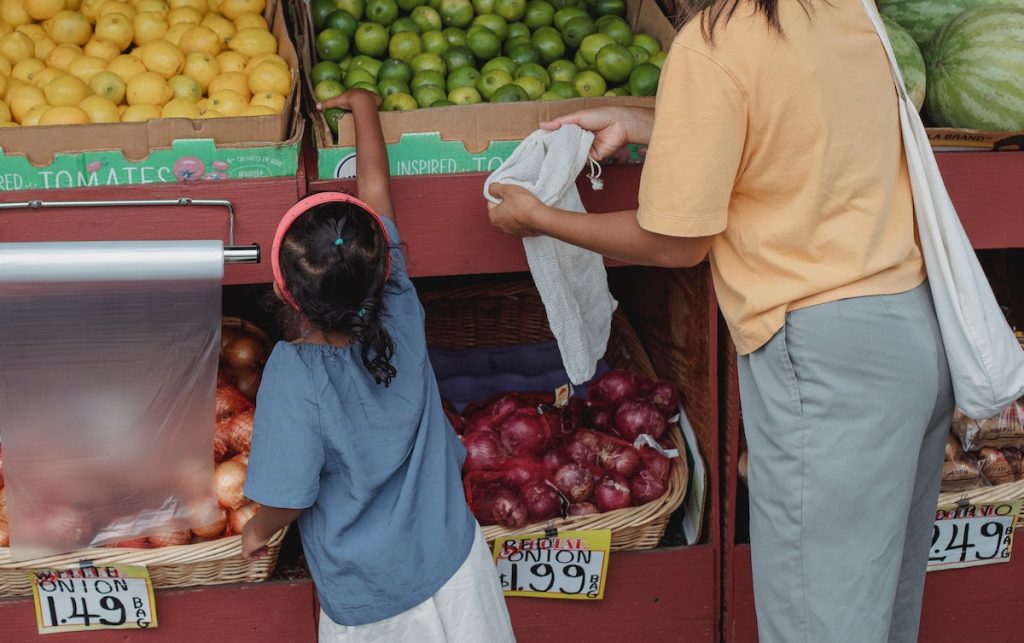
Currently, the youths behind Package Pals are aiding businesses with reducing waste through their circular packaging initiative. The 20-odd volunteers dedicate their time and effort to collecting and distributing second-hand packaging to local businesses to be reused.
In a similar fashion, Cloop SG collects unwanted articles of clothing for resale or donation. During their events, customers can swap clothes they no longer want with others, or simply buy curated second-hand apparel from others. Additionally, part of their proceeds goes to charities like global water projects that seek to combat the fashion industry’s intensive water usage.
Young content creators are also using their social media platforms to raise awareness of environmental issues. Accounts, such as LepakinSG and SyClimateAction, recognised the lack of coverage on problems closer to home, such as the significance of global temperature increase and local green spaces, and aim to shed light on those.
Together, such groups and initiatives not only raise the overall literacy of the common joe but also aid those in power on their sustainability journey.
Alone, these youths might have believed their words wouldn’t be worth much, but collectively they’ve proven to be capable of great influence.
They’ve also taken the first step in proving that no action is too small, no one is too insignificant to make a difference. A single drop of water can’t erode a rock on its own, but the cumulative effect of many, many droplets can move even mountains.
There’s no denying that Earth is heating up much faster than before, an effect that we feel more prominently here in Singapore, along the equator. With the future at stake, Singapore’s youths have begun paving the way to a greener future.
Change, if not now, then when?






